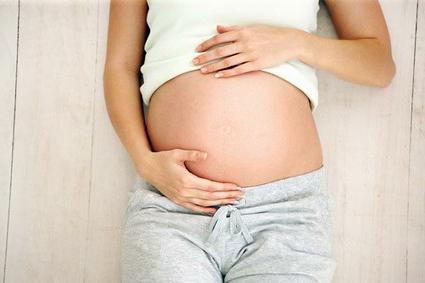Common joint property of spouses
Common joint ownership can be formedOnly in cases provided for by law. There are two types of implementation of these relations. Thus, common joint property can arise between spouses, as well as between members of a farm (peasant) economy. At the same time, the law allows the transfer of property to another regulatory regime. Participants in established relationships use the property in common (unless otherwise provided by law). Disposition of property is carried out in accordance with mutual consent.
Transactions on disposal of property can be madeAny of the participants in these relations, if this is stipulated in the agreement concluded between them. If one of the owners has made the transaction without having the authority to do so, it can be declared void in accordance with the demand of the other parties. At the same time, the party demanding the recognition of the invalidity of the transaction must prove that the party that disposed of the property without having the power acted on intent or gross negligence.
Parts of property in the said relationsare established in the case of the division of property or the separation of part from it (while the right of common share ownership, for example, provides for the availability of specific, pre-determined shares). Parts are considered equal if the other is not provided for by an agreement between the parties or the law. Common joint ownership can be divided according to general rules. They are established and fixed in the legal order.
In the legislation that operated in Russiapreviously, a regulatory regime was established, according to which the spouses used the property. The definition of the rules was enshrined in marital and family law. In this case, the principle of separation of property before marriage took place. There was also a principle of community during the marriage, in accordance with which common joint ownership was formed.
Modern legislation providesspouses have ample opportunities in determining the regulatory regime for disposing of property acquired together. In addition, some of the rules governing these relations are included in the Civil Code.
If the contract between the spouses is not establishedotherwise, the property acquired in marriage is considered their joint (common) property. In the process of concluding a marriage contract, the spouses can determine the status of the property. So, it can be attributed to either a shared or a separate ownership. A certain regulatory regime is extended to property received by one of the spouses in the inheritance or gift during the marriage. The property of each of the spouses can be attributed to the joint if in the course of marriage at the expense of common funds or at the expense of another spouse, the price of the property has been substantially increased. For example, in a house that belongs to one of the spouses, major repairs were carried out at the expense of another. As a result, the value of the house has grown significantly. It should be noted at the same time that this provision is valid unless otherwise provided by the marital agreement.
The decision of the issue on foreclosure onjoint property is carried out depending on whether one partner or both acts as a party to the obligation. If the obligation of one is considered, the recovery can only be paid for the property in its separate possession, as well as for the part in the matrimonial property.
There are also cases when the partiesobligations are both spouses. In this case, the recovery can be drawn to the property in separate possession, and to the common property of both. In accordance with the conditions and specific circumstances, this or that regulatory regime is used when making a decision.
</ p>







